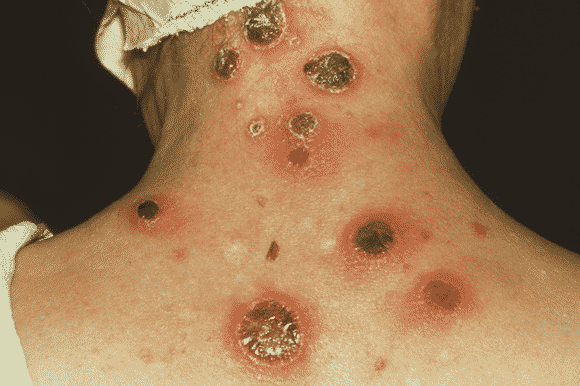9,400 total views, 2 views today
Sexually transmitted diseases (STDs) or sexually transmitted infections (STIs) or venereal diseases (VD) occur due to the transfer of infectious organism during a sexual contact. STDs occur due to harmful bacteria, parasites, yeast, and viruses. Sometimes, STDs occur due to spreading of the organisms from a mother to infant during childbirth or during breastfeeding by the use of unsterilized drug needles, and during blood transfusions.
Some specific types of STDs are:
Bacteria-related STDs
- Chlamydia (Chlamydia trachomatis)
- Gonorrhoea (Neisseria gonorrhoea)
- Syphilis (Treponema pallidum)
- Chancroid (Haemophilus ducreyi)
Viruses-related STDs
- Crabs, also known as pubic lice
- Hepatitis B and D, and infrequently, A*, C*, E* (hepatitis viruses, types A-E)
- Genital herpes (herpes simplex virus)
- Genital warts (human papillomavirus virus [HPV])
- HIV/AIDS (human immunodeficiency virus [HIV virus])
- Molluscum contagiosum* (poxvirus)
Protozoan-related STDs
- Trichomoniasis (Trichomonas vaginalis)
Parasites-related STDs
- Pubic lice or crabs (Pediculosis pubis)
Fungi-related STDs
- Yeast infections (Candida albicans)
Genital areas are generally moist and warm and are ideal environments for the growth of yeasts, viruses, and bacteria etc.
Symptoms of Sexually Transmitted Diseases (STDs)
- Painful ulcers on the genitals
- Rashes, fever, headache and cough, achy joints
- Recurring outbreaks of blister-like sores on the genitals
- Fatigue, night sweats, chills
- Sore throats, swollen lymph nodes
- Weight loss
- Diarrhoea
- Strong vaginal odour
- Vaginal itching or irritation and painful urination
- Serious complications of AIDS including unusual infections or cancers, weight loss, intellectual deterioration (dementia), and death
During transmission, the chances of disease transfer depend on the donor carrying the infection and on the carrier. For example, in the case of herpes, HSV 2 transmission probability is:
- Herpes male to non-herpes female = 10%
- Herpes female to non-herpes male = 4%.
Some STDs, such as genital herpes and HIV, that cause AIDS cannot be cured but can only be controlled with medication.
For the treatment of STDs,
- antibiotics are more commonly preferred in case of bacterial infection
- for viruses, antiviral medications or anti-retroviral therapy is given
Diagnosis methods
- Blood tests: Blood tests help to confirm the diagnosis of HIV and AIDS or sometimes the later stage of syphilis.
- Urine samples: Sometimes, STDs can be confirmed with a urine sample.
- Fluid samples: In the case of active genital sores, fluid and samples from the sores are collected to be tested to diagnose the type of infection. In some cases, laboratory tests of samples from a genital sore or discharge are used to diagnose some STIs (sexually transmitted infections).
- Pregnant women are screened to avoid the infection transfer to the baby
Treatment and prevention for STDs
- Antibiotics: Antibiotics can cure many sexually transmitted bacterial and parasitic infections, including gonorrhoea, syphilis, chlamydia and trichomoniasis. But, there is always a possibility that the infection might reoccur.
- Antiviral drugs: Antiviral drugs reduce the risk of infection, but there is still a possibility that the infection can occur again. Antiviral drugs can keep HIV infection in check for many years, but the virus persists and can still be transmitted, though the risk is lower.
- As early a treatment is given, the more effective it is.
- Healthcare professionals refer to safer sex to reduce the risk of STDs, such as the use of condoms during a sexual activity. But safer sex methods cannot always provide complete protection from an STI.
- Avoid contact during transfer of and exposure to bodily fluids, such as blood transfusions and other blood products, sharing injection needles, sharing tattoo needles, etc.
- Abstinence is avoiding or stopping from any sexual act with an affected person and is the most effective way to avoid an STI.
- Monogamy to one uninfected partner: A long-term, monogamous relationship with one person lowers the risk of contracting an STI.
If you find this Article interesting, please “Like” and “Share” it on Facebook and Twitter by clicking the buttons below. Also, don’t forget to drop a comment. Thanks
